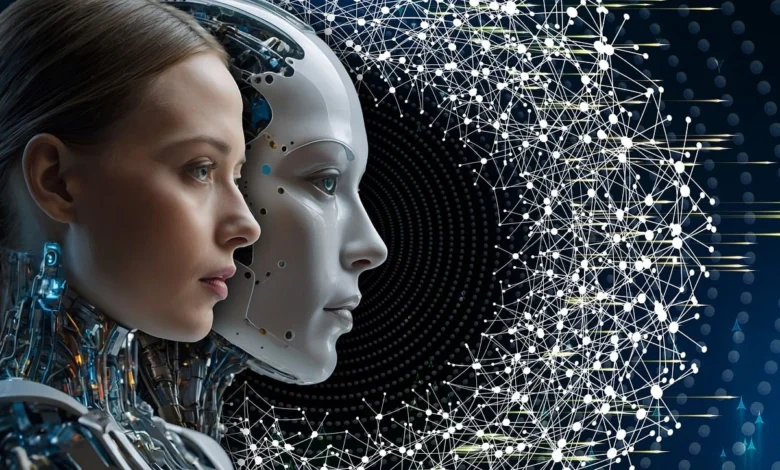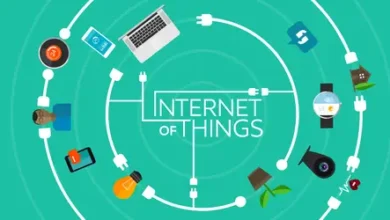The Essential List Of Robotic Innovations Revolutionizing Industries

From manufacturing to healthcare, robotic innovations are transforming the way industries operate. Below is a curated list of some of the most significant robotic innovations in robotics that are driving change across multiple sectors.
| Serial No. | Innovation | Impact |
|---|---|---|
| 1 | Collaborative Robots (Cobots) | Cobots improve efficiency, reduce human errors, and increase safety by handling repetitive or dangerous tasks while still relying on human collaboration for more complex activities. |
| 2 | Autonomous Mobile Robots (AMRs) | AMRs reduce the need for manual labor in transportation and warehousing, leading to faster order fulfillment and more efficient inventory management. |
| 3 | Robot-Assisted Surgery | These robots increase precision in surgeries, reduce recovery times, and minimize the risk of human error, enhancing patient outcomes in the healthcare industry. |
| 4 | Industrial Robotics | Industrial robots increase production speed, improve consistency in manufacturing, and reduce labor costs while also improving workplace safety by handling hazardous materials or environments. |
| 5 | Service Robots | Service robots help reduce human workload, especially in labor-intensive tasks, while also improving the quality of service in sectors such as healthcare and hospitality. |
| 6 | Swarm Robotics | Swarm robotics offers scalability and robustness, making them ideal for tasks requiring distributed systems, such as large-scale environmental cleanup or disaster response. |
| 7 | Exoskeletons | Exoskeletons improve mobility for individuals with disabilities and reduce physical strain on workers in industries requiring heavy lifting, thus preventing injuries and boosting productivity. |
| 8 | AI-Powered Robots | AI-powered robots enhance decision-making capabilities, allowing industries to implement smarter and more efficient operations. They also improve customer experience by delivering personalized and adaptive services. |
| 9 | Humanoid Robots | Humanoid robots are transforming customer-facing roles, such as service and retail assistance, while also advancing research into human-robot interaction and robotics in social environments. |
1. Collaborative Robots (Cobots)
Cobots help work alongside human workers. They enhance productivity without replacing the workforce. They are highly adaptable and can be used in various industries such as manufacturing, logistics, and healthcare.
2. Autonomous Mobile Robots (AMRs)
AMRs are robots that can navigate autonomously within a defined environment using sensors and artificial intelligence. They are commonly used in warehouses and logistics operations to transport goods and materials.
3. Robot-Assisted Surgery
Robot-assisted surgery allows surgeons to perform delicate procedures with high precision using robotic arms controlled remotely. Systems like the da Vinci Surgical System are very useful in minimally invasive surgeries.
4. Industrial Robotics
Industrial robots are automated machines used in manufacturing to perform tasks such as welding, painting, and assembly. These robots are often programmed for repetitive tasks and can work 24/7.
5. Service Robots
Service robots are designed to perform tasks directly for humans, such as cleaning, caregiving, or providing customer assistance. These robots are increasingly helpful in hospitality, healthcare, and home care industries.
6. Swarm Robotics
Swarm robotics involves a large number of robots working together as a coordinated unit to complete tasks. These robots are often inspired by biological systems like ants or bees and are used in applications like environmental monitoring and search-and-rescue missions.
7. Exoskeletons
Robotic exoskeletons are wearable devices that enhance the wearer’s strength and endurance by providing mechanical assistance to human movements. They are useful in rehabilitation, military, and industrial applications.
8. AI-Powered Robots
AI-powered robots use machine learning and AI algorithms to make decisions, learn from their environments, and adapt to new situations. These robotic innovations are used in industries ranging from retail to healthcare, where they can provide personalized services or perform complex tasks.
9. Humanoid Robots
Humanoid robots are designed to resemble and mimic human movements. They are useful in research, education, and customer service environments. These robots often come equipped with AI and machine learning capabilities for human-like interactions.
Summing UP
Robotics innovations are at the forefront of transforming industries by improving efficiency, safety, and productivity. As these technologies continue to evolve, they will further integrate into various sectors. They will revolutionize the way we work and enhance human capabilities.





